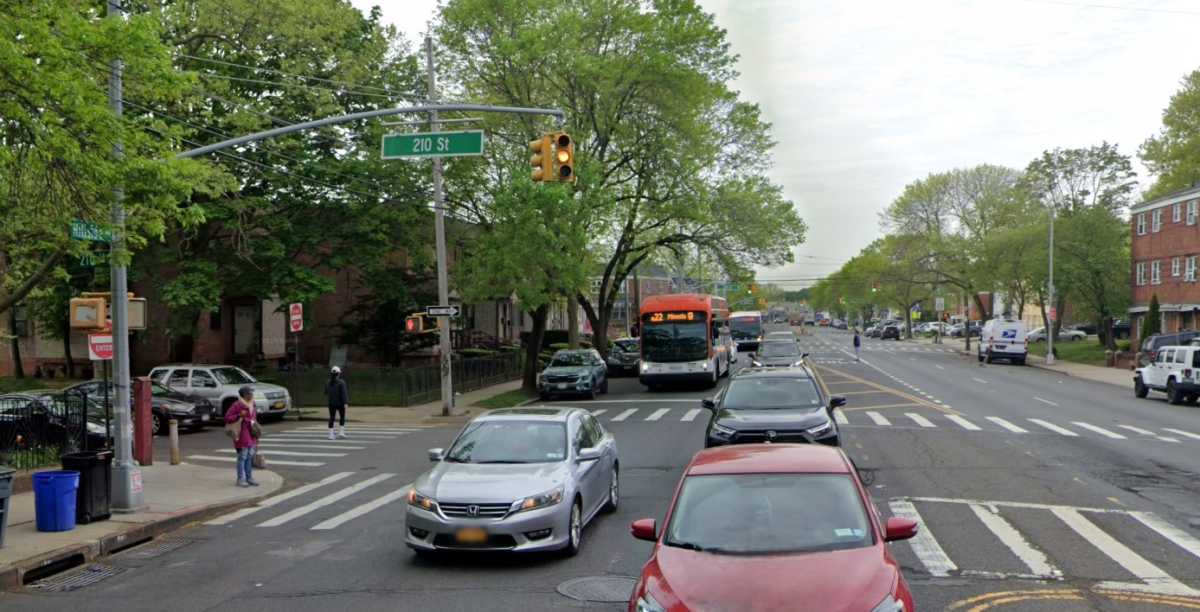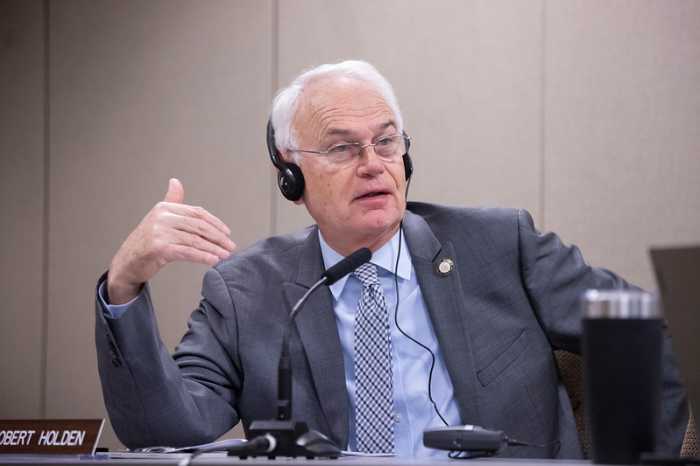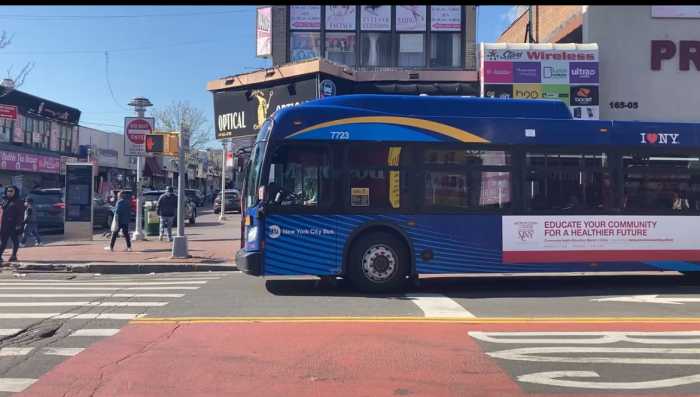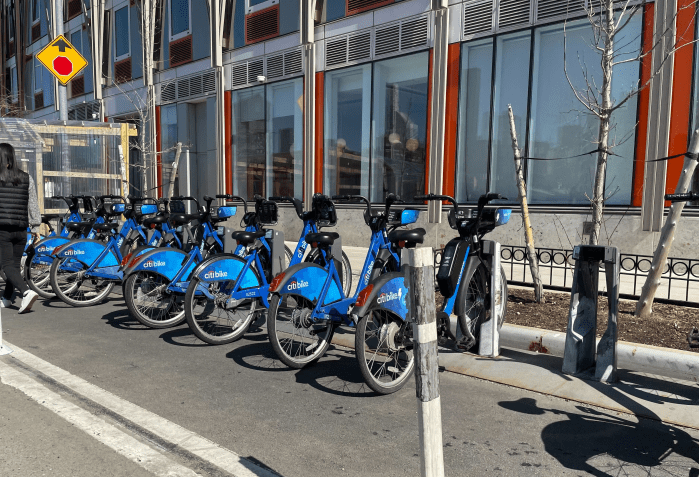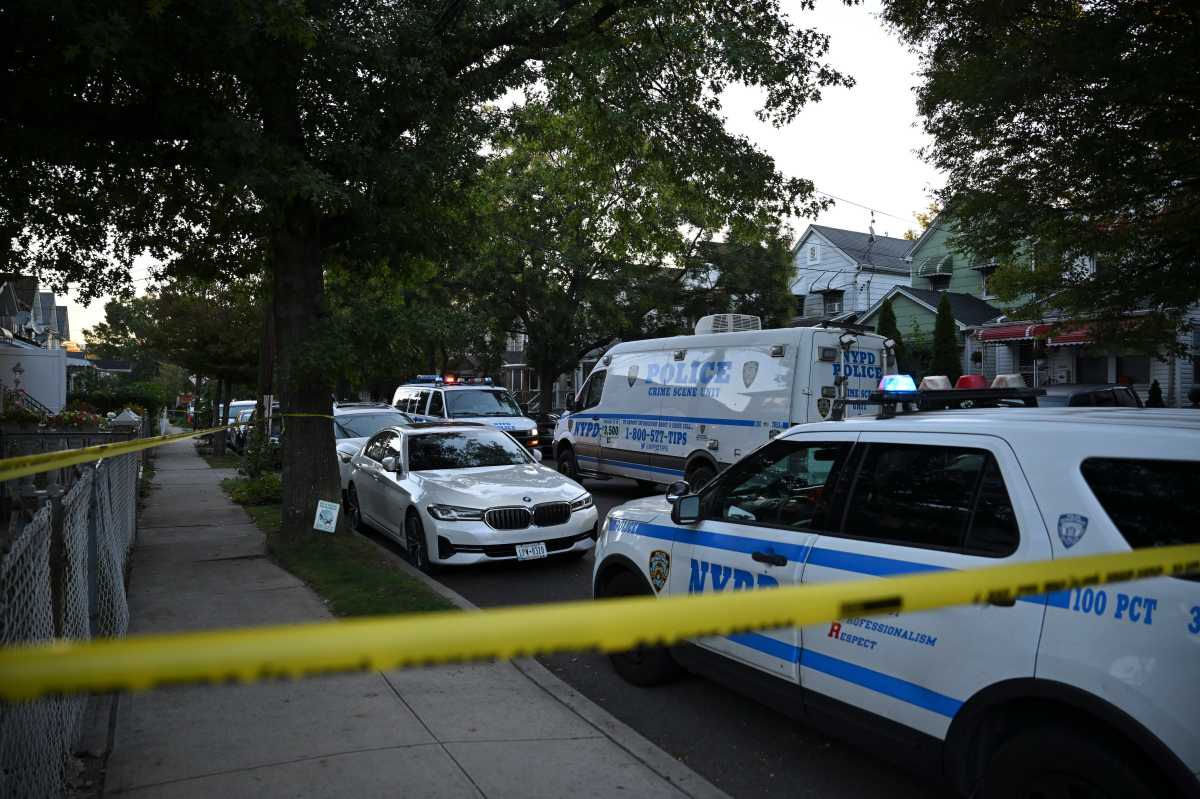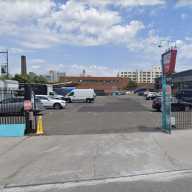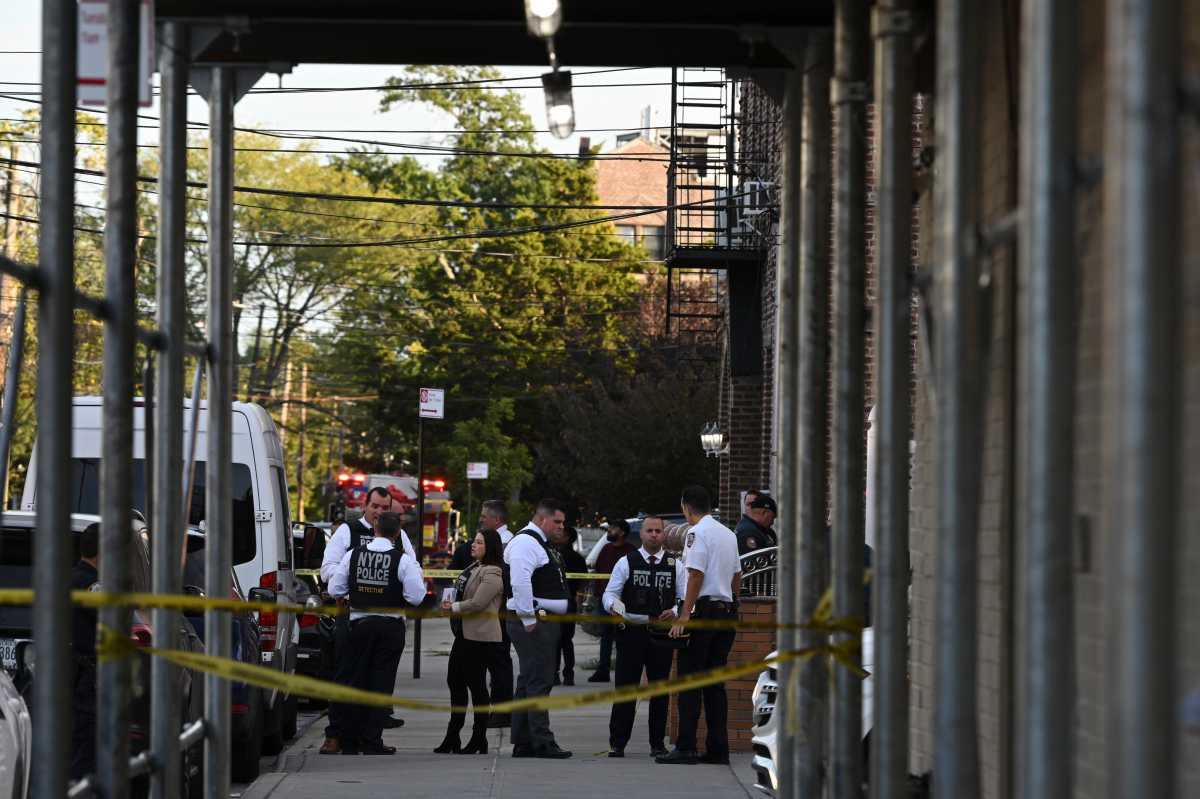The New York City Department of Transportation (DOT) has begun construction on a major redesign of Hillside Avenue, a project aimed at improving bus service for more than 215,000 daily riders across 22 bus routes.
The new configuration will install nearly eight miles of offset, camera-enforced bus lanes between 144th Street and Springfield Boulevard. The project will also reduce the number of general travel lanes from two to one in each direction, while adding a parking lane, a dedicated left-turn lane, and offset bus lanes in both directions.
According to DOT officials, buses on Hillside Avenue currently operate as slowly as 4 miles per hour in some sections. The new design is intended to improve speed and reliability for riders, who account for a large share of traffic along the corridor.
“Hillside Avenue is one of the most important commuting corridors of Queens, but currently features an inconsistent, patchwork design with some stretches of the street offering frequently blocked curbside bus lanes and other sections without any bus lanes at all,” said NYC DOT Commissioner Ydanis Rodriguez. “Our new design will bring consistent, camera-enforced bus lanes across the corridor while also freeing up curb space to support local shops and their deliveries.”
The bus lanes will operate 24 hours a day, seven days a week, and will be enforced by the MTA’s Automated Camera Enforcement (ACE) system using cameras mounted on buses.
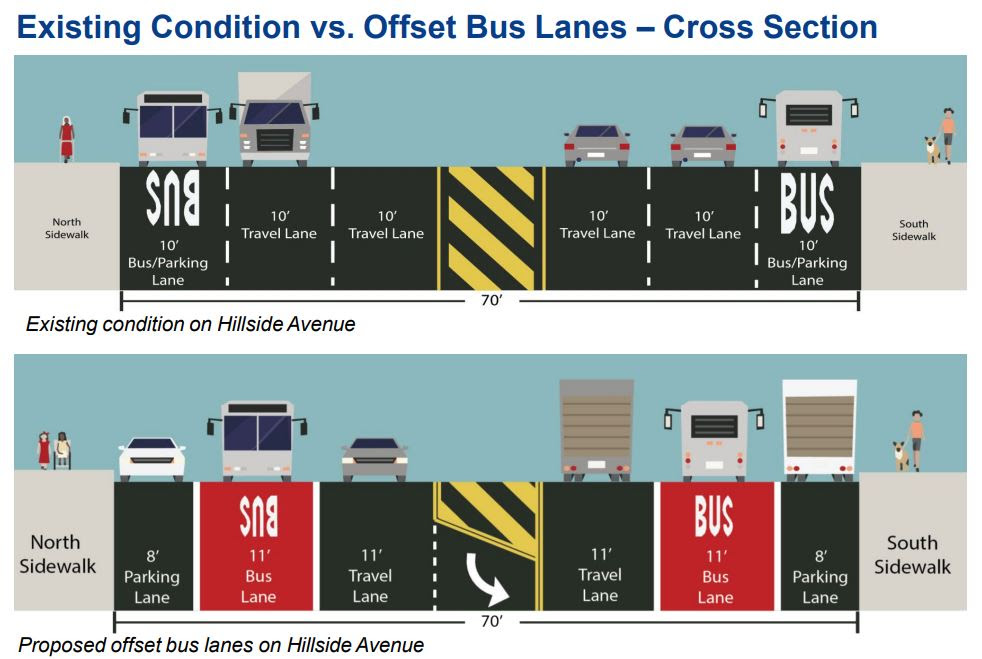
The corridor serves 17 MTA bus routes and five Nassau Inter-County Express (NICE) routes and connects to four subway lines, the Long Island Rail Road, and JFK AirTrain. DOT data shows that 83% of Hillside Avenue users are bus riders, while buses currently occupy less than one-third of the roadway space. About 60% of residents living near the corridor commute by public transit.
Hillside Avenue runs through several eastern Queens neighborhoods, including Briarwood, Jamaica, Hollis and Queens Village. The redesign will be the first major upgrade to the corridor’s bus infrastructure since curbside lanes were first installed in 1969.
The project also includes more than 600 new parking and loading zones intended to support local businesses and manage curb use more effectively.
DOT officials say the plan is the result of extensive public outreach, including nearly 300 pedestrian surveys conducted in multiple languages, outreach to more than 400 businesses, and over a dozen meetings with local officials and community boards.
Construction will be phased throughout the summer and fall.

